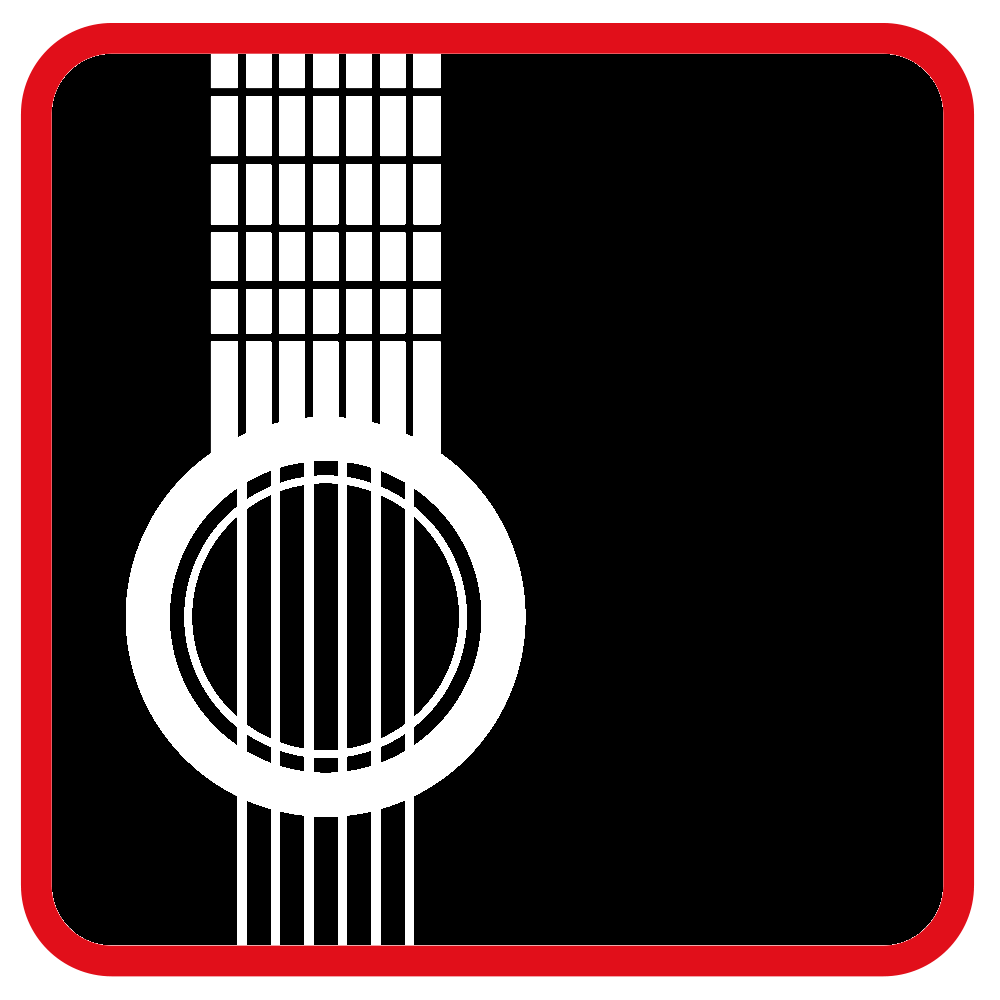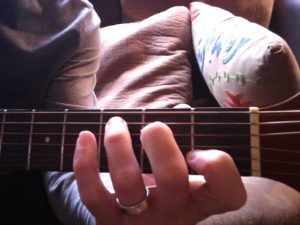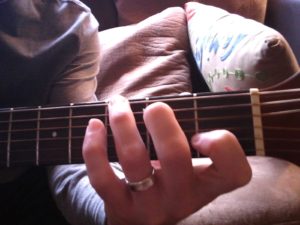What is mastery? What is talent? Do you need to have talent to reach mastery? Are you born with talent or can it be cultivated? These are all questions answered by Dan Coyle’s book, The Talent Code, and the follow up, The Little Book of Talent. Coyle shows through various examples from across multiple fields that the key to developing talent is through deep, targeted practice. One does not achieve mastery but becomes a lifelong student in pursuit of mastery. While reading through these two books, I noticed a lot of familiarity with the ideas and methods. The ideas about deliberate practice and cultivating a learning mindset are the backbone to any good music education. Most music students understand that in order to reach any real level of proficiency with their instrument, they must develop a habit of focused practice. Doyle’s rules for talent revolve around this idea of deliberate, focused practice and provide a clear path toward mastery. In The Little Book of Talent, Doyle breaks down the ideas of how to accomplish goals and master a skill into actionable steps and thoughts. In this series, we will go over each step in his process and show how to apply it to learning guitar or any instrument, really.
Throughout this blog series, I will show how each idea or rule from Coyle’s books works in the context of learning guitar and how it gives a road map to mastery. You will learn how to practice with a clear goal, how to set up a practice session, how to work on both hard and soft skills, how to approach each practice session, how to deal with plateaus, how to know what to practice, and how to think about practicing and achievement in a whole new way, among other ideas. We will use Dan Coyle’s books to provide a framework for developing mastery and leveling up your guitar skills.
Please be sure to check out the original books on Amazon (at the bottom of the page) to get a broader perspective of his tips on the path toward mastery.
Let’s jump right into it with Tips #1 and #2 from The Little Book of Talent.
Tip 1 & 2: Stare at Who You Want to Become & Spend 15 Minutes a Day Engraving the Skill on Your Brain
Seeing the skill you want to master performed at the expert level can be invigorating and highly motivating. I have often looked at a concert or a video on Youtube and said, “I want to be that person or I want to be able to do that.” Having role models in your chosen field shows you what is possible and gives you the idea that you too can get to that point. There is nothing like seeing a virtuoso performance in a live setting and being up close to a performance at the expert level can send you out with a musical high that lasts even months later. If you do not have access to a live performance of some of the greats, then Youtube is a great resource to find incredible guitarists and performances from all over the world. You should have your role models that make you want to just work that much harder and make you realize how far you still have to go. Remember, do not get discouraged because if you realize you still have far to go then you have some life to live! Spending a small amount of time a day focusing intently on your role models will help you engrave that level of playing into your mind and help motivate you to be like that! Let’s look at how to use these tips when learning guitar.
Motivation Can Come from Outside
Coyle points to studies that show how self perception can determine the skill level and how successful someone pursuing a skill will be. One study showed that participants who studied music were greatly affected by their starting point. Those who thought of themselves as in it for the long term and had the mindset of growth rather than intrinsic or innate talent, improved faster and further than those who were just “trying it.” Doyle writes, “With the same amount of practice, the long-term-commitment group outperformed the short-term-commitment group by 400 percent.
The long-term-commitment group, with a mere twenty minutes of weekly practice, progressed faster than the short-termers who practiced for an hour and a half. When long-term commitment combined with high levels of practice, skills skyrocketed.”
These participants thought of themselves as musicians from the start and had that image of themselves from the get go. Having a clear mental image of who you want to become has drastic affects on how you approach learning and how motivated you will be during the process. With today’s technology, you can go on Youtube and see many people accomplishing fantastic feats and demonstrating mastery and talent. If you are able to imagine yourself as the person and feel yourself performing those same feats, then you will be more intrinsically motivated and more apt to see the process through to the end result. “A vision of their ideal future selves, a vision that oriented, energized, and accelerated progress, and that originated in the outside world.”
Mental Imaging and Technique – “Feel” the Motions without Moving
Throughout my teaching and writings, I often point to the very powerful idea of mental imaging – where you visualize in as much detail as possible, the skill that you are working on. The head of the guitar faculty at my university was the first person to really drive this lesson home for me. He would have me put down my guitar and put away the sheet music and just picture the music in my mind. Then, he would have me imagine how it would feel to play the music – all of the little details like finger movements, hand jumps, the strings being played, the right hand fingerings, any string jumps, hearing the musical phrases etc. – the goal was to be able to perform the music all in my mind with as much detail as possible! This not only improved my memory of the piece but enhanced my physical playing, as well. Tip 2 from Coyle explains that you should watch the skill being performed over and over until you have a high-definition mental blueprint. Watch and listen so closely that you can imagine the feeling of performing the skill. This seems to make sense because if we can truly imagine a skill to the point of “feeling” it without actually moving, then the physical motion will be engraved on your brain.
In The Little Book of Talent, Coyle writes, “For physical skills, project yourself inside the performer’s body. Become aware of the movement, the rhythm; try to feel the interior shape of the moves.” Upon reading these words, I immediately had a sense of excitement and understanding because I have been doing this even before I learned how to play the guitar! I remember listening to my dad’s classical rock on the radio and hearing the rock guitar gods play the most iconic solos and riffs and just imagining myself physically playing those – every bend, slide, scale run and double-stop. Even though I didn’t know what those things were and I was just 7 years old, I would listen so intently that I could feel those micro moves as though I was performing them myself and I was associating the sounds with the movements. This is a great starting point for any musician. When listening to your favorite music on your instrument, just start by recognizing the little moves (the slides, the chords, melodic movement up or down, bends, double stops, bass versus treble, strumming versus fingerpicking, chords or melodic movement, etc.). Once you can easily hear the movements, imagine what it feels like to actually make those motions. You might not know exactly what strings or chords, but you can, with a little practice, pretty much tell where on the fretboard and even what strings are being played. As you advance with your practice and skills, you can enhance the visualization by imagining the exact fingerings, the sheet music, exactly what it feels like to play a piece or solo and even what it would feel like to play what you hear in your head!
Mental Imaging and Improvising – Learn the Underlying Patterns
Mental imaging not only pertains to a physical skill, but also works for mental skills. For mental skills, Coyle writes, “…simulate the skill be re-creating the expert’s decision patterns.” Some mental skills of music include improvising, composing, comping, fingering, chord voicing, and interpretation. This is where the real work comes in. Musicians often start learning an instrument by playing songs they know and love. Playing covers and learning how to play like your guitar heroes is a great start for learning basic technique, but most guitarists do it by default and without much thought and don’t absorb the theory behind the music. You can accelerate your learning curve by purposefully seeking out the patterns and recognizing the elements that you like and want to emulate. Learn how to put together your favorite licks, what is the theory behind them, what makes them work, analyze your favorite solos and figure out why you like the way it sounds and how to re-create it and then create something that sounds similar.
Learn how to improvise by learning how your favorite musicians improvise. You will simultaneously train your visualization skills and understanding while training your ear when you transcribe a solo, learn the licks, analyze the chords and theory, and learn how to play in the style of your favorite players. The idea is to learn everything you can about how the solo works both physically and theoretically so that you can not only play it note for note, but then take those ideas and patterns and use them in other contexts and recognize them in other contexts. For example, if you are learning a solo for a jazz standard over a ii-V-I progression, you can take those ideas and apply them to any ii-V-I tune in any key. Or, if you are learning the opening solo for “Wish You Were Here,” you would be able to recognize that you are playing in the major pentatonic shape and use those licks in other pentatonic settings. When you learn the patterns, chords, scales, fingerings, melodic licks, and harmonic progressions used by your favorite players and composer, then you can take those elements and use them in new contexts and in original ways, thus further enhancing your creative palette.
Conclusion – The Mental Game and Stick-to-it-ness
Motivation can be challenging for many people when learning an instrument – especially at the beginning stages. With a good mindset, a good teacher, (more on those later) and good role models, a beginning musician can stay highly engaged and motivated. The easiest place to start is to pick your role models – those guitar gods that just put you in awe. Use their examples as the ideal stage for which to aspire. Imagine yourself at that level and playing those killer solos or tunes. Imagine performing those exact feats exactly as they do. Your mental game of visualizing will provide the motivation and the clear picture of how you want to be and is the easiest way to get started down the path of mastery. Remember, every master started as a beginner and struggled along the path. The only difference between them and the countless others who tried is they stuck with it and put in their time. Will you put in yours?
Next Time
Stay tuned for the next post in this series where we will explore proven techniques to progress with your practice.
Some of My Guitar Gods for Inspiration
For the classical guitar enthusiasts out there (and for those who like to see any killer guitarist) check out some personal favorites and recommendations in no particular order:
- Roland Dyens – for fantastic, personal interpretations, original compositions and outstanding improvisation
- David Russell – one of the living legends. His interpretations of classical guitar standards have become the standard.
- Pablo Villegas – for fresh interpretations and perspectives of mainstays in the classical guitar repertoire
- Sergio and Odair Assad – living legends and awe-inspiring technique; fantastic original compositions and arrangements from Sergio
- Dusan Bogdanovic – for insanely original compositions, one of the best improvisers on the instrument and ridiculous technique and finger independence. Also, one of the most intelligent musicians on the planet.



